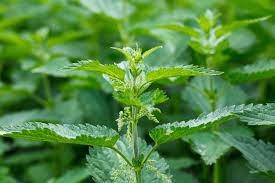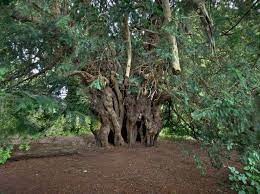Research into illnesses and medical conditions is such an important part of science, and is the way that we learn more about certain illnesses, understand them and come up with new ways to treat them as well as to prevent them.
Something that many researchers use to study certain illnesses are clinical trials. This allows them to understand more about the illness and also to test out effective ways to treat it. Services like the patient recruitment services offered by companies such as Richmond Pharmacology are often the starting point for an individual joining a clinical trial.
There are always many research project and clinical trials running all over the world in order for us to get a better understanding and a way to more easily treat certain conditions. Many of the resources that we have to treat illnesses are being found to be in abundance in nature – by utilising these natural treatments, scientists can come up with new ways to treat illness.
Of course, many of us are aware of the benefits of certain plants – for example, we know that many of the berries that grow on trees are hugely beneficial to our health, as they contain large amounts of vitamins and antioxidants, and who hasn’t looked for a dock leaf to soothe their pain from a sting from a nettle?

Well in addition to these commonly known plant remedies, there are also many other wonder plants that scientists are exploring an in some cases already using – here are a few examples…
Yew – The Yew is an ancient, and mysterious tree, which is known to be toxic – so it seems an odd choice for a medicine doesn’t it? Well actually no! The leaves of the Yew contain taxanes, which scientists have found to be a very effective treatment used for certain cancers!

Nettle – Yes the familiar foe that is commonly found all over the UK and gives a nasty sting, is in fact helping to treat Alzheimer’s disease! The nettle plant can commonly be made into a tea, which then releases the vitamins found in the leaves, which help with cognitive function and memory!
Deadly Nightshade – The plant also known as Belladonna is another one that is more well known as a toxin than a healing plant. But scientists use this plant in research as used in the correct way and with the correct dosage it actually can be an effective treatment for heart conditions. It contains a substance called scopolamine which can control the heart rate and help to relax the muscles (and of course the heart is a muscle).
These are just three of the fantastic plants that we tend to view with dislike or fear in society today, however used correctly are helping to heal manty people’s illnesses. Of course, you should never just consume any of these plants, a doctor should always prescribe the correct medicine for you.

